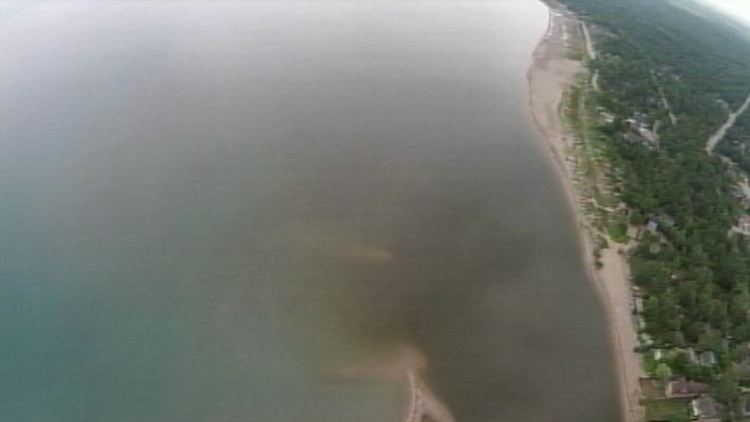
LATEST STORIES:


(Update)
Where’s the water? that’s what a new study by McMaster University and Environment Canada is trying to figure out, after water levels on two of the great lakes was found to be far below average — even after rising this summer.
The water levels on both Lake Michigan and Lake Huron are up from last summer, but still down — way down, over the last fifteen years. It’s wreaking havoc on the sensitive ecosystem, causing large numbers of birds to die, threatening some fish spawning and researchers want to know why.
From divers in the water to drones in the air, scientists are trying to figure out why the water here is so low.
Pat Chow Fraser is with McMaster University: “It’s a sign of something out of whack. The water’s too low — not enough circulation to get the noxious zone cleared out.”
Of all the great lakes, Michigan and Huron are most deeply effected by the low levels. Water levels on Lake Huron were 70 centimeters below average last summer. They’ve rebounded slightly this year but are still 35 centimetres below where it needs to be and you can see it all along the shoreline.”
Evidence of just how low the water is.
Below the surface, divers are mapping the floor of Georgian Bay looking for zebra mussles.
Diver: “I would say it’s 60 – 70 percent covered”
Pat Chow-Fraser: “We are trying to map it so we can have evidence that they are filtering in some of the water that may contain botulism toxin and that may lead to some of the avian and fish kills that happened in the fall.”
That’s when thousands of dead birds washed up on the shore of Georgian Bay. Fraser says low water levels help deadly bacteria growth.
Pat Chow-Fraser: “Once contaminants go in there, algae will grow. With low water levels, light will penetrate lower and that leads to a great environment for botulism.”
While concentrations aren’t high enough to be harmful to humans it kills marine life and could pose a threat to some species of fish such as the muskie.
Dan Weller is a McMaster research student: “With sustained low water levels, most of the historical nursery habitat that’s critical to supporting the pollutants seems to be lost or degraded.”
In the air, the drone captured this large mass of black flowing from the Notawassaga River into the bay.
James Marcaccio is a McMaster research student: “It really shows you the river is pouring out a lot of stuff and we aren’t sure what it is yet.”
They’ve just started the study so they arent sure what is causing the low water levels. But one working theory is the diggin up of the St. Clair River to make it deeper for large ships to pass through. They also think climate change may play a role. The study will continue for the rest of the summer and it will be analyzed in the fall.